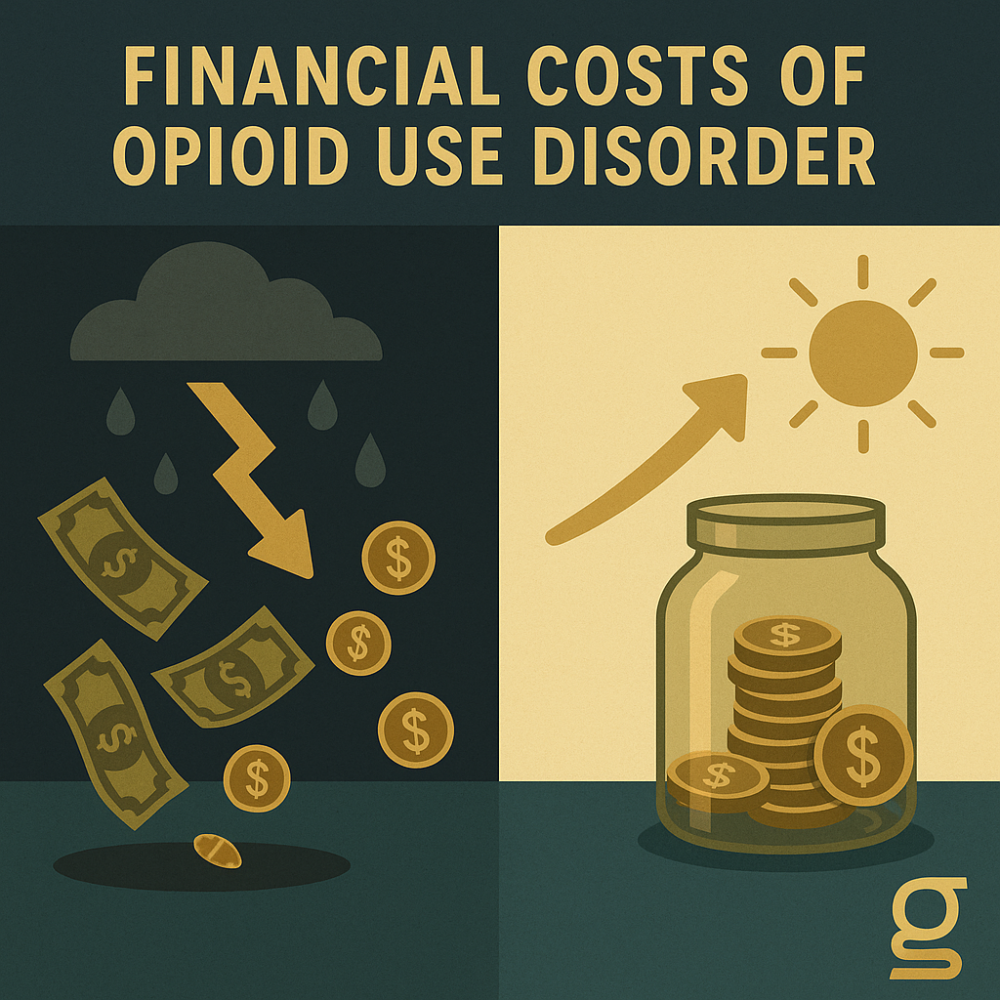Benzodiazepines, commonly known as “Benzos” or tranquilizers, are a class of medications prescribed to treat anxiety, insomnia, and other mental health conditions. However, the effects of benzodiazepines and their prolonged use can lead to dependence and withdrawal symptoms when attempting to stop.
The Ashton Method is a well-known and respected approach to benzodiazepine detoxification that focuses on gradual tapering to minimize discomfort and withdrawal effects.
Understanding Benzodiazepine Withdrawal Symptoms and Detox
Benzodiazepine detoxification refers to the process of safely discontinuing benzodiazepine use under medical supervision. Abruptly stopping a high dose of benzodiazepine can be challenging due to the potential for severe withdrawal symptoms, including anxiety, insomnia, irritability, and even seizures.
Common Benzodiazepines
Alprazolam (Xanax): Alprazolam is frequently prescribed for the treatment of anxiety disorders, panic disorders, and anxiety associated with depression. It is known for its rapid onset of action and short duration, making it useful for managing acute anxiety symptoms.
Lorazepam (Ativan): Lorazepam is commonly used to alleviate anxiety and reduce symptoms of insomnia. It has a relatively fast onset of action and is often prescribed for short-term use or in emergency situations, such as during a panic attack.
Diazepam (Valium): Diazepam is a long-acting benzodiazepine with sedative, hypnotic, and muscle relaxant properties. It is prescribed for anxiety, muscle spasms, seizures, and as a preoperative medication. Diazepam’s long duration of action makes it suitable for tapering protocols, such as the Ashton Method.
Clonazepam (Klonopin): Clonazepam is primarily used to treat epilepsy and panic disorder. It has a longer half-life compared to some other benzodiazepines, allowing for less frequent dosing.
Temazepam (Restoril): Temazepam is frequently prescribed as a sleep aid for individuals with insomnia. It helps initiate and maintain sleep and is generally recommended for short-term use due to the risk of tolerance and dependence.
Chlordiazepoxide (Librium): Chlordiazepoxide is often prescribed to manage alcohol withdrawal symptoms and anxiety disorders. It has a longer half-life and is suitable for tapering protocols.
Abruptly stopping benzodiazepines can be challenging due to the potential for severe withdrawal symptoms, including anxiety, insomnia, irritability, and even seizures. The Ashton Method offers an alternative approach that reduces these risks and provides a more comfortable experience.
The Ashton Method: A Gentle Approach
The Ashton Method, developed by Professor Heather Ashton, is a gentle and gradual approach to benzodiazepine withdrawal. This method acknowledges the challenges of quitting benzodiazepines and focuses on tapering the dosage over an extended period. By doing so, it allows the body to adjust slowly and minimize the side effects of withdrawal symptoms.
How the Ashton Method Works
The Ashton Method works by gradually reducing the benzodiazepine dosage over time. It involves switching a short-acting to an equivalent dosage of a longer-acting benzodiazepine, such as diazepam (Valium), and then implementing a slow tapering schedule of the dosage over several weeks or months.
For example, the reduction rate used in the Heather Ashton protocol calls for eliminating 10% of the remaining dose every two to four weeks, depending on the severity and response to reductions with the final dose at 0.5 mg dose of diazepam or 2.5 mg dose of chlordiazepoxide.
The length of the dosage tapering process depends on various factors, including the individual’s history of benzodiazepine use disorder and their overall health.
Step-by-Step Process of the Ashton Method
- Thorough assessment: The first step is a comprehensive evaluation by a healthcare professional to determine the individual’s specific needs and create a personalized tapering plan.
- Switching to diazepam: The healthcare provider may transition the individual from their current benzodiazepine medication to an equivalent dose of diazepam, which has a longer half-life and provides a more stable blood concentration.
- Gradual dose reduction: The healthcare provider will gradually reduce the diazepam dosage, typically at a rate of 5-10% every 1-2 weeks. This slow withdrawal reduction allows the body to adapt and minimizes withdrawal symptoms.
- Monitoring and support: Regular medical check-ups and ongoing support from healthcare professionals are crucial throughout the tapering process. The individual’s progress is carefully monitored, and adjustments to the dosage may be made if necessary.
Benefits of the Ashton Method
The Ashton Method offers several benefits compared to the traditional abrupt discontinuation of benzodiazepines. These benefits include:
- Reduced severity of Benzo withdrawal symptoms
- Increased comfort and well-being during detoxification
- Higher success rates in achieving long-term abstinence
- Minimized risk of complications, such as seizures
Safety and Efficacy of the Ashton Method
Professor Ashton’s work and studies have demonstrated that a gradual tapering approach significantly reduces the risks associated with benzodiazepine withdrawal. It provides a safer alternative for individuals looking to free themselves from benzodiazepine dependence.
Ashton explains, “There is scientific evidence that reinstatement of brain function takes a long time. Recovery after long-term benzodiazepine use is not unlike the gradual recuperation of the body after a major surgical operation. Healing, of body or mind, is a slow process.”
Precautions and Considerations
While the Ashton Method offers a safer and more comfortable detoxification process, it is essential to consider individual variations and potential risks. Some precautions and considerations include:
- The need for individualized tapering plans
- Close monitoring by healthcare professionals
- The possibility of experiencing mild to moderate withdrawal symptoms during the tapering process
- The importance of a supportive network and counseling to address psychological aspects of dependence
Combining the Ashton Method with Supportive Therapies
Detoxification from benzodiazepines involves not only physical but also psychological and emotional aspects. Combining the Ashton Method with supportive therapies, such as counseling, cognitive-behavioral therapy (CBT), and relaxation techniques, can enhance the overall recovery process. These additional interventions address the underlying causes of benzodiazepine use and help individuals develop healthier coping strategies.
Detox With The Ashton Method at Gallus Detox
The Ashton Method provides a gentle and effective approach to benzodiazepine detoxification. By gradually tapering the dosage over time, this method minimizes withdrawal symptoms and ensures a safer and more comfortable experience.
With the guidance and support of the healthcare professionals at Gallus Detox, individuals can successfully navigate the journey toward freedom from benzodiazepine dependence.
If you or a loved one are struggling with Benzodiazepine addiction, take our self-assessment and contact us to learn more about our available treatment plans and programs and your eligibility.
Frequently Asked Questions
FAQ 1: Is the Ashton Method suitable for everyone?
The Ashton Method is generally suitable for most individuals who are dependent on benzodiazepines. However, it is essential to consult with a healthcare professional to determine the best approach based on individual circumstances.
FAQ 2: Can I attempt the Ashton Method without medical supervision?
While some individuals may successfully taper off benzodiazepines using the Ashton Method on their own, it is strongly recommended to seek medical supervision. Healthcare professionals can provide the necessary guidance, monitor progress, and address any potential complications.
FAQ 3: Are there any alternative methods to the Ashton Method?
Yes, there are alternative approaches to benzodiazepine detoxification. However, the Ashton Method is widely recognized for its safety and efficacy, making it a popular choice for many individuals seeking to quit benzodiazepines.
FAQ 4: How long does the Ashton Method take?
The duration of the Ashton Method varies depending on several factors, including the individual’s benzodiazepine history and overall health. Tapering typically takes several weeks to several months, ensuring a gradual and comfortable withdrawal process.
FAQ 5: Does the Ashton Method guarantee a complete recovery from benzodiazepine dependence?
While the Ashton Method provides a highly effective approach to detoxification, long-term recovery from benzodiazepine dependence may involve additional support and strategies. It is essential to address the underlying causes of dependence and develop healthy coping mechanisms for sustained recovery.


 Steve B
Steve B 

 Casey Wilson
Casey Wilson